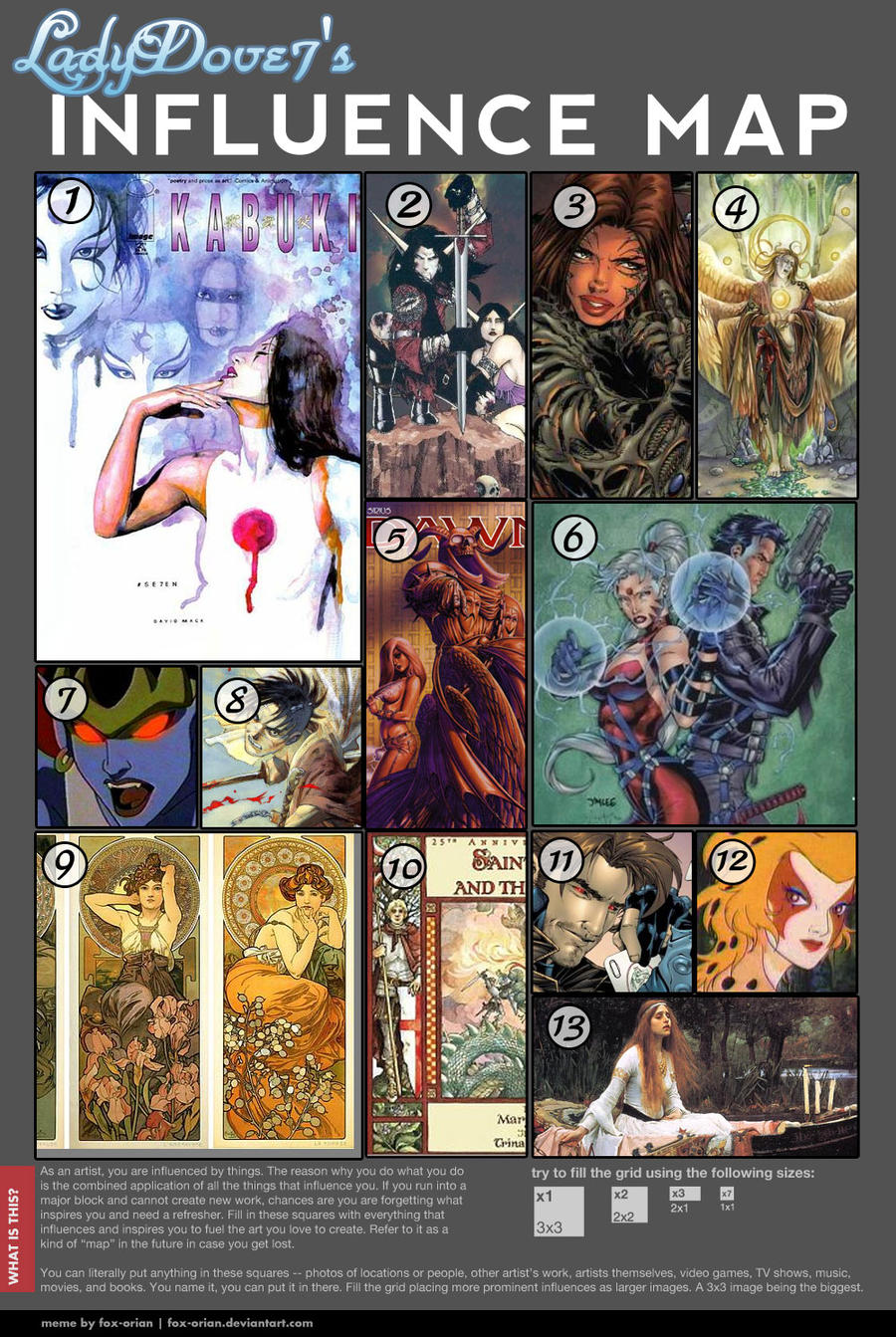DragonCon jury time is upon us and it’s around this time of year where I have that yearly freak out about whether I have enough new stuff, why I’m not producing more, the paralyzing fear of rejection and inevitable downfall into self-loathing, etc. I want all the masterpieces I’ve been attempting to be done now! I want all of the studies I’ve been doing to pay off now!
I know the most logical, sensible advice is “Just wait. Everything comes in time after due diligence.”
But I’ve honestly just been impatient and anxious this past month. I don’t want to wait for that magical moment where it all just clicks together and makes sense! I want it all, and I want it now!
My portfolio reviewers keep telling me that my stuff is “Good…but…”. There is always the ‘but’. My current development as an artist is that I am just one small hop between being good and being great. My portfolio reviewers also echo the same impression of my work. There’s just the slightest gap between my story-telling abilities and just the slightest bit of funkiness to my anatomy.
 |
| I know this quote is geared towards writers, but it’s applicable to artists just as well. |
I wholeheartedly recognize this and I’ve been asking myself some tough questions of late:
Q: Am I producing enough work to improve in a timely manner?
A: No. I need to be producing way more, at least one fully fleshed out painting a month is my goal and I haven’t met that.
Q: Am I studying enough?
A: No. I want to warm up every day with studies, but I’ve only managed to do studies every other day or so. I hate that feeling that I have nothing to show people that’s polished, other than my notebook scribbles. Makes me feel unproductive!
Q: Moreover, am I studying the right things instead of drawing the same thing wrong over and over?
A: For once, I feel like this is the only thing I have managed to get right, lately! It took me a long time to find teachers whose methods made sense to me, particularly where anatomy is concerned.
I found Bridgman’s methods to be more scientific while Hampton and Proko‘s emphasis on emotion and mannequenization make more sense to the way I learn things. Chris Oatley’s Painting Drama course has also opened my eyes about narrative considerations in composition far more than any Art History course I’ve taken has. Finding a teacher who speaks your learning language is so important! What works for one person may not work for another.
I tend to agree with what Jon Schindehette described in his Intention of Mastery post. If you’re practicing something wrong over and over again, you’re only going to learn the wrong way to do things. Going beyond this, if I can have a specific goal in mind before I pick up the pencil, rather than just mechanically drawing more, I will learn more and be more inspired!
I feel like I will only be out of this ‘gap’ when I reach the point that Jon mentions.
At some point, the pencil will stop being a mechanical device that I use to make marks on paper, and will start to become the extension of myself that expresses itself on paper through marks.
I am realizing that my expectation of a ‘magic moment’ of understanding is also a false and debilitating one. There isn’t going to be one click, but many small clicks over time. I also have to realize that knowledge is impermanent. My mind is not a computer and can only retain things if I am actively studying them and refreshing my knowledge. Anatomy, lighting, narrative, value, etc. etc. There’s just too much information for my mind to retain everything without losing others!
But I’ve clung to that notion that there will be that Big Moment of realization and suddenly my paintings are better and that’s just not how this works.
I may not have too many answers by the end of this entry, but I am hopeful that at least I’m asking myself the right questions! How about you guys? Are you stuck in ‘The Gap’ with me? What are the questions (and answers) you’re struggling with?


